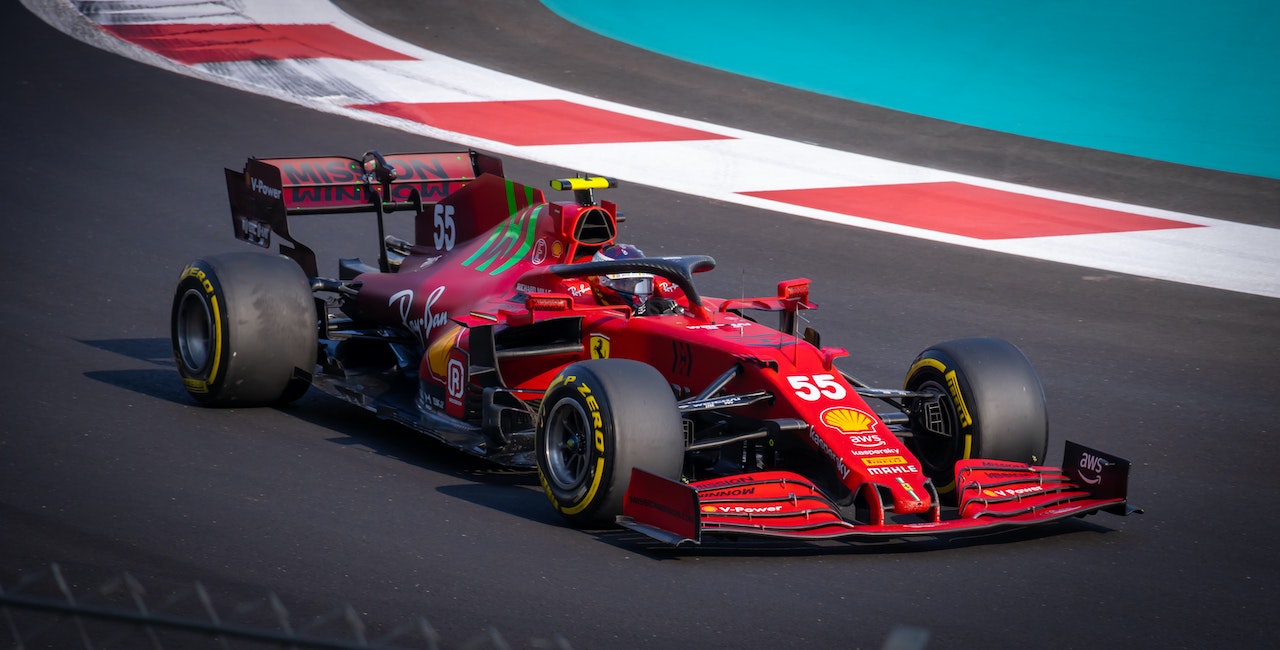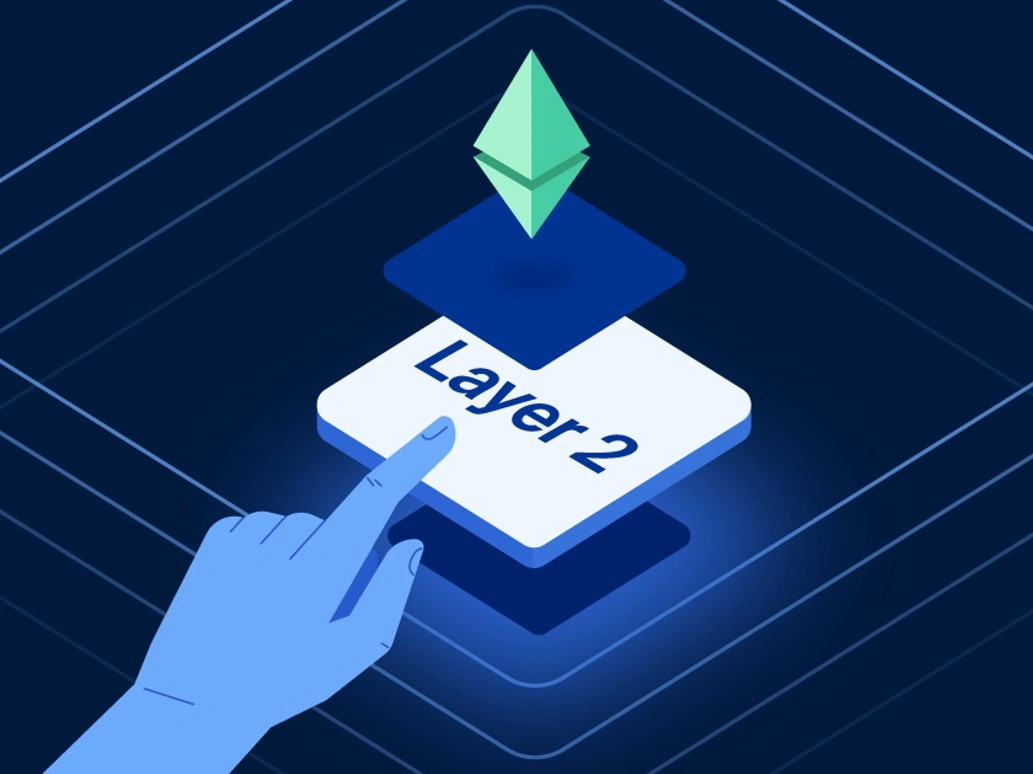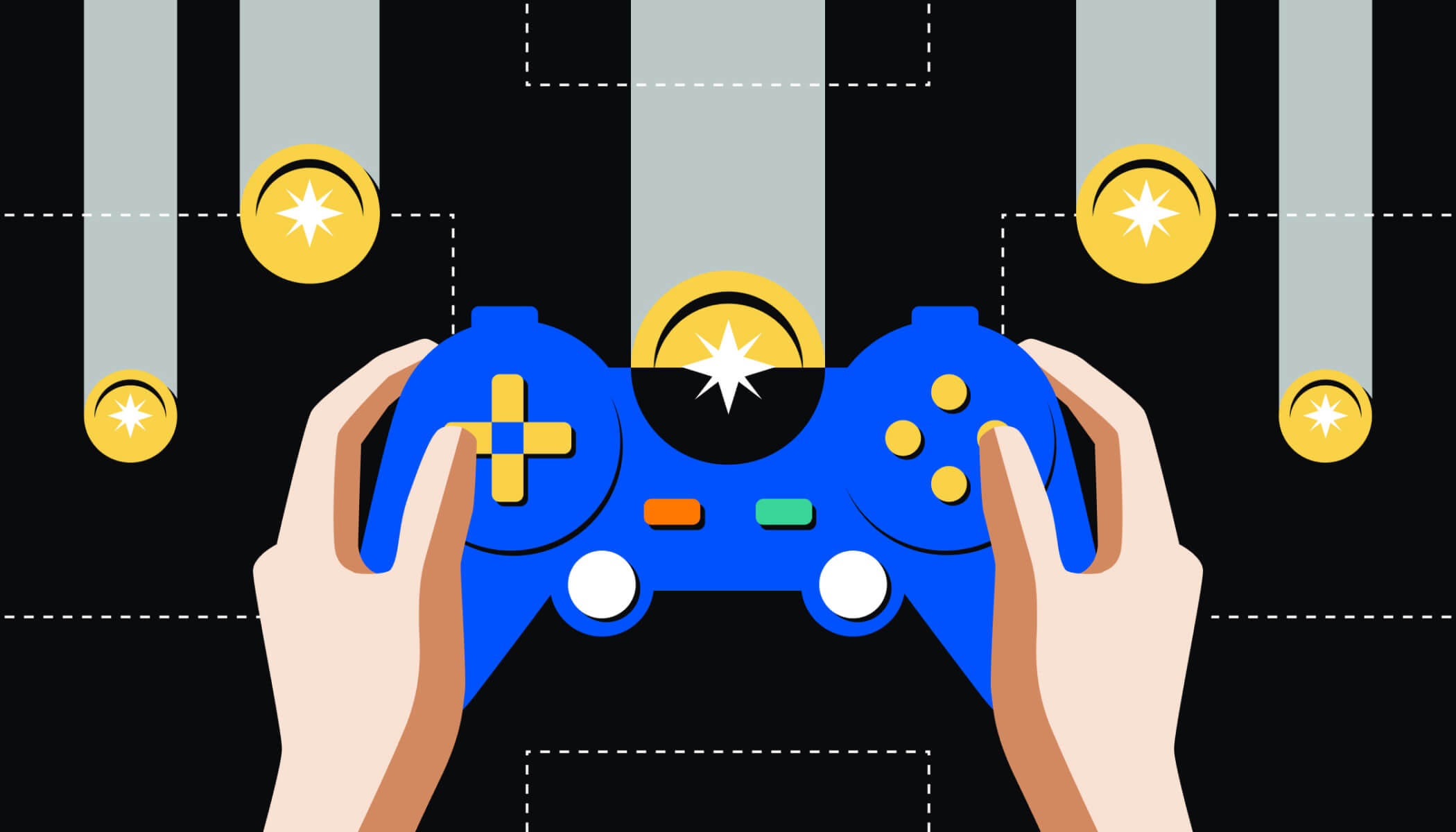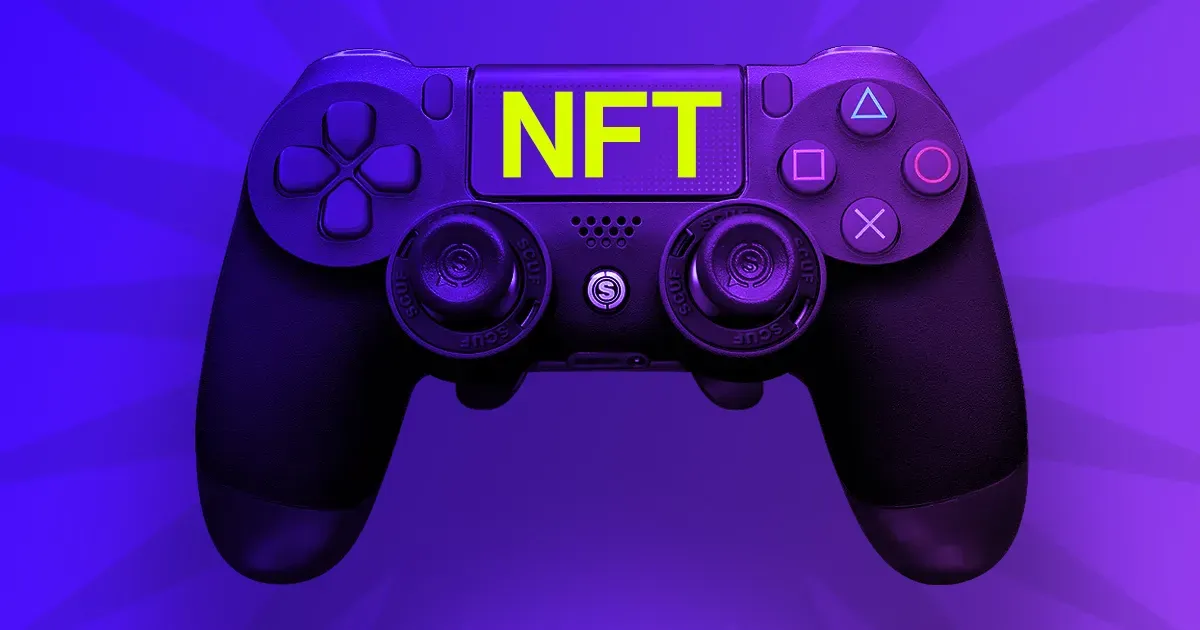Key Takeaways:
- Formula 1 rewards both driving skill and engineering strategy, mirroring competitive gaming at its finest.
- Simulators and team comms make F1 feel like esports, with real-time decisions shaping outcomes on the track.
- For gamers who love customization and optimization, F1 offers a uniquely immersive and cerebral spectator experience.
Formula 1 (F1) has surged in global popularity—thanks to Hollywood involvement, extravagant races like the Las Vegas Grand Prix, and growing visibility on streaming platforms. But what sets this motorsport apart isn’t just the glitz and glamor. It’s how much F1 feels like a real-life video game—down to its engineering, strategy, and split-second decision-making.
F1 vs Other Racing Leagues: It’s All About the Build
Unlike NASCAR or IndyCar, where all drivers use similar chassis and performance specs, Formula 1 allows teams to design and build their own cars from the ground up—within a strict technical “formula.” That means every bolt, curve, and aerodynamic tweak is an opportunity to find a competitive edge.
Each team operates like a player building a custom rig or min-maxing a game character. It’s not just the driver’s skill that determines success—it’s the team’s ability to innovate within the rules and push the limits of what their machinery can do.
Also read: Nintendo Updates Super Mario 3D All-Stars for Switch 2, but Fans Remain Divided
Strategy, Communication, and Split-Second Decisions
An F1 Grand Prix weekend is broken into practice sessions, qualifying, and the race—each offering opportunities to collect data and fine-tune strategy. Like learning a track in a racing sim or studying enemy patterns in a competitive game, practice sessions are essential for optimizing performance.
During the race, drivers rely on constant team communication through radio—mirroring in-game team chat in esports. Pit stops become tactical events where a two-second delay can cost victory. Engineers act like in-game support roles, recalibrating strategy in real-time based on tire wear, track temperature, and weather conditions.
Real Racing Meets Simulation—Literally
Modern F1 teams invest heavily in simulators that mimic tracks, car physics, and real-world race conditions. These simulations aren’t just training tools—they’re integral to how drivers and engineers approach a race weekend. The same technology powers games like EA Sports F1 25, blurring the line between esports and real sports.
This marriage of real-world competition and digital simulation offers a uniquely “gamer-friendly” spectator experience. It’s why racing fans who enjoy Gran Turismo or DiRT feel right at home watching Max Verstappen or Lewis Hamilton tear up the track.
Every Second Counts—And Every Role Matters
What makes Formula 1 uniquely engaging for gamers is how every team member, from the pit crew to the aerodynamicist, contributes to victory. Teams are rewarded not only for racing success but also for technical prowess and pit strategy. Even budget adjustments in the following season add a layer of competitive balancing—much like handicaps in gaming tournaments.
Take Nico Hulkenberg’s stunning third-place podium finish from a P19 start. For fans of underdog victories and optimized builds, it’s a real-world equivalent of pulling off a flawless dungeon run after hours of character tunin
Conclusion: F1 Is the Gamer’s Motorsport
Formula 1 isn’t just a sport—it’s a high-octane, precision-driven strategy game where engineering and execution go hand in hand. If you’re into tuning builds, grinding stats, and mastering control in competitive games, watching F1 will feel instantly familiar.
Disclaimer: The information in this article is for general purposes only and does not constitute financial advice. The author’s views are personal and may not reflect the views of GameDegen.com. Before making any investment decisions, you should always conduct your own research. GameDegen.com is not responsible for any financial losses.




